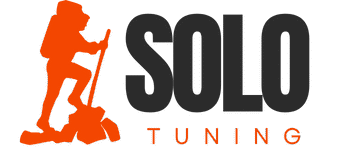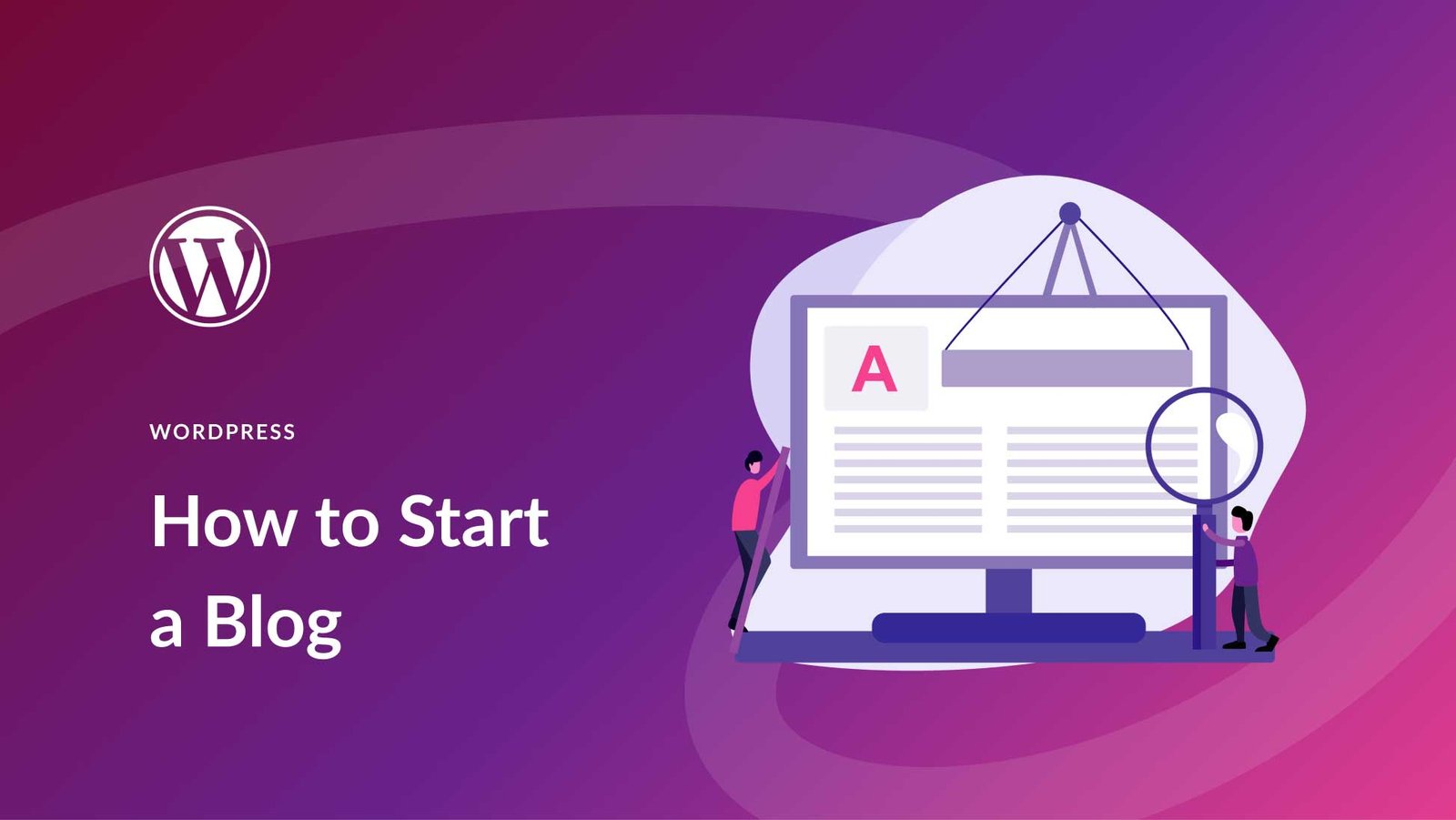Starting a blog that not only grows rapidly but also attracts a loyal readership is the goal of many aspiring content creators. In 2025, the blogging landscape is competitive, and standing out requires more than just publishing content. To succeed, you need a well-crafted strategy that focuses on creating valuable content, optimizing for SEO, and building strong connections with your audience. This guide will walk you through the key steps to start a blog that grows fast and keeps readers coming back for more.
1. Choose a Profitable and Engaging Niche
The first step in building a successful blog is selecting the right niche. Choosing a profitable niche that you are passionate about allows you to connect with your target audience and build a dedicated following.
Key Tips for Selecting a Niche:
-
Identify Your Passion and Expertise: Pick a subject that you enjoy writing about and have some expertise in. This passion will keep you motivated and create authentic content that resonates with readers.
-
Evaluate Market Demand: Use tools like Google Trends, SEMrush, and Answer the Public to identify high-demand topics. Look for areas with a solid search volume but lower competition to give your blog the best chance to succeed.
-
Focus on Long-Term Growth: Choose a niche that allows for long-term content creation. A blog about broad, evergreen topics (such as health, technology, personal finance, or lifestyle) will provide a steady stream of content ideas and appeal to a larger audience.
Why It’s Important:
-
Targeted Audience: A well-chosen niche ensures you can create content that speaks directly to a specific audience, making it easier to attract loyal readers.
-
SEO Success: A focused niche enables you to target specific keywords, helping you rank higher on search engines and attract organic traffic.
2. Set Up Your Blog on a Reliable Platform
The next step is setting up your blog on a reliable platform. In 2025, WordPress continues to be the best option for most bloggers due to its flexibility, customization options, and SEO features.
Setting Up Your Blog:
-
Choose a Hosting Provider: Select a reliable hosting provider like Bluehost, SiteGround, or WP Engine. Fast hosting ensures your blog loads quickly, which is essential for SEO.
-
Pick a Domain Name: Choose a domain name that’s memorable, easy to spell, and relevant to your niche. Incorporate keywords into the domain to improve SEO.
-
Select a Mobile-Friendly Theme: Use a responsive theme that looks great on both desktop and mobile devices. Google prioritizes mobile-first indexing, making it essential for user experience and rankings.
Why It’s Important:
-
SEO Optimization: WordPress offers built-in tools and plugins like Yoast SEO and Rank Math, which make it easy to optimize your content for search engines.
-
Professional Appearance: A clean, professional design builds trust with readers, encouraging them to return to your site.
3. Create High-Quality, Value-Driven Content
The cornerstone of a successful blog is high-quality content. Content should not only be engaging but also valuable to your audience. In 2025, Google’s algorithms favor content that provides real value, so you need to focus on quality over quantity.
Key Content Creation Tips:
-
Solve Problems: Your blog should aim to solve problems or answer questions that your target audience has. Use keyword research tools like Ahrefs and Google Keyword Planner to identify common search queries related to your niche.
-
Provide In-Depth, Well-Researched Content: Blog posts that are comprehensive, well-researched, and provide actionable insights tend to perform better in search rankings. Aim for long-form content (1,500+ words) that thoroughly covers topics.
-
Focus on Readability: Use clear, simple language and structure your posts with short paragraphs, bullet points, and subheadings for easy reading. Tools like Grammarly and Hemingway Editor can help improve your writing.
Why It’s Important:
-
SEO and Rankings: High-quality, value-driven content increases the likelihood of ranking higher on Google, which helps drive organic traffic to your blog.
-
Audience Engagement: Offering useful and actionable content encourages readers to return, share your posts, and engage with your brand, building a loyal readership.
4. Optimize for SEO: Rank Higher on Google
SEO (Search Engine Optimization) is crucial to ensuring your blog ranks high on Google. Without SEO, even the best content may go unnoticed. In 2025, SEO is more important than ever for attracting organic traffic and growing your blog’s audience.
SEO Best Practices:
-
Keyword Research: Identify relevant, high-traffic keywords with low competition. Use them strategically in your blog posts’ titles, headers, body text, and meta descriptions. Tools like Ubersuggest and Ahrefs can help you identify profitable keywords.
-
On-Page SEO: Optimize your blog posts for on-page SEO by including your primary keyword in the title, URL, and first 100 words. Use descriptive, keyword-rich alt tags for images.
-
Internal Linking: Link to other relevant posts on your blog to keep readers engaged and improve your site’s SEO. Internal links help Google understand the structure of your website.
-
Mobile Optimization: Ensure your blog is mobile-friendly, as Google uses mobile-first indexing. A responsive design is essential for both SEO and user experience.
Why It’s Important:
-
Higher Rankings: SEO helps you rank higher in search engine results pages (SERPs), driving more organic traffic to your blog.
-
Sustainable Growth: Proper SEO ensures that your blog continues to attract readers over time, providing long-term traffic and growth without ongoing paid ads.
5. Build an Email List to Engage Readers
Building an email list is one of the most effective ways to cultivate a loyal audience. Email marketing allows you to connect with your readers directly and keep them informed about new blog posts, products, or offers.
Email List Building Tips:
-
Offer Lead Magnets: Provide a valuable freebie, such as an eBook, checklist, or course, in exchange for visitors’ email addresses. This incentivizes readers to sign up for your email list.
-
Use an Email Marketing Platform: Use platforms like Mailchimp, ConvertKit, or ActiveCampaign to manage your email list and automate your email marketing campaigns.
-
Segment Your Audience: Segment your email list based on interests or behavior to send more targeted and personalized emails, which increases engagement and open rates.
Why It’s Important:
-
Direct Communication: An email list allows you to communicate directly with your readers, fostering a deeper connection and loyalty.
-
Higher Conversion Rates: Email marketing has one of the highest ROI rates, as it allows you to nurture relationships with subscribers and convert them into customers or repeat readers.
6. Promote Your Blog on Social Media
Social media is a powerful tool for promoting your blog and attracting new readers. By sharing your content on various platforms, you can expand your reach and build an engaged audience.
Social Media Promotion Tips:
-
Post Consistently: Share your blog posts regularly on platforms like Instagram, Twitter, Facebook, and LinkedIn. Tailor your message to suit the platform’s audience and format.
-
Engage with Your Followers: Respond to comments, answer questions, and engage in meaningful conversations with your audience. Social media is a two-way street, so fostering genuine relationships is key.
-
Use Hashtags: Hashtags increase the discoverability of your content. Research relevant hashtags for your niche and include them in your posts.
Why It’s Important:
-
Increased Traffic: Sharing your blog posts on social media drives traffic back to your website, improving your SEO and visibility.
-
Brand Awareness: Social media promotion helps build your brand’s identity, increasing recognition and trust among potential readers.
7. Measure Performance and Make Improvements
Regularly tracking and analyzing your blog’s performance is crucial for understanding what’s working and what isn’t. By monitoring key metrics, you can refine your strategy for continued growth.
Performance Tracking Tools:
-
Google Analytics: Use Google Analytics to track visitor behavior, bounce rate, page views, and other key metrics that indicate how well your blog is performing.
-
Google Search Console: Monitor your blog’s search performance, track keyword rankings, and fix technical SEO issues.
-
Social Media Insights: Use platform-specific tools to track engagement and reach on social media.
Why It’s Important:
-
Continuous Growth: By analyzing your blog’s performance, you can identify areas for improvement and implement changes that drive more traffic and engagement.
-
Data-Driven Decisions: Using performance data to guide your content creation and promotion efforts ensures that you are making informed decisions for long-term success.
Conclusion: Start a Blog That Grows Fast and Builds a Loyal Audience
Starting a successful blog that attracts readers and ranks well on Google requires a combination of strategic planning, high-quality content, and smart marketing practices. By selecting the right niche, optimizing for SEO, building an email list, and promoting your blog on social media, you can grow your audience quickly and keep them coming back for more. Regularly track your performance and make data-driven adjustments to ensure continuous improvement. Follow these steps, and you’ll be well on your way to creating a blog that thrives in 2025 and beyond.




